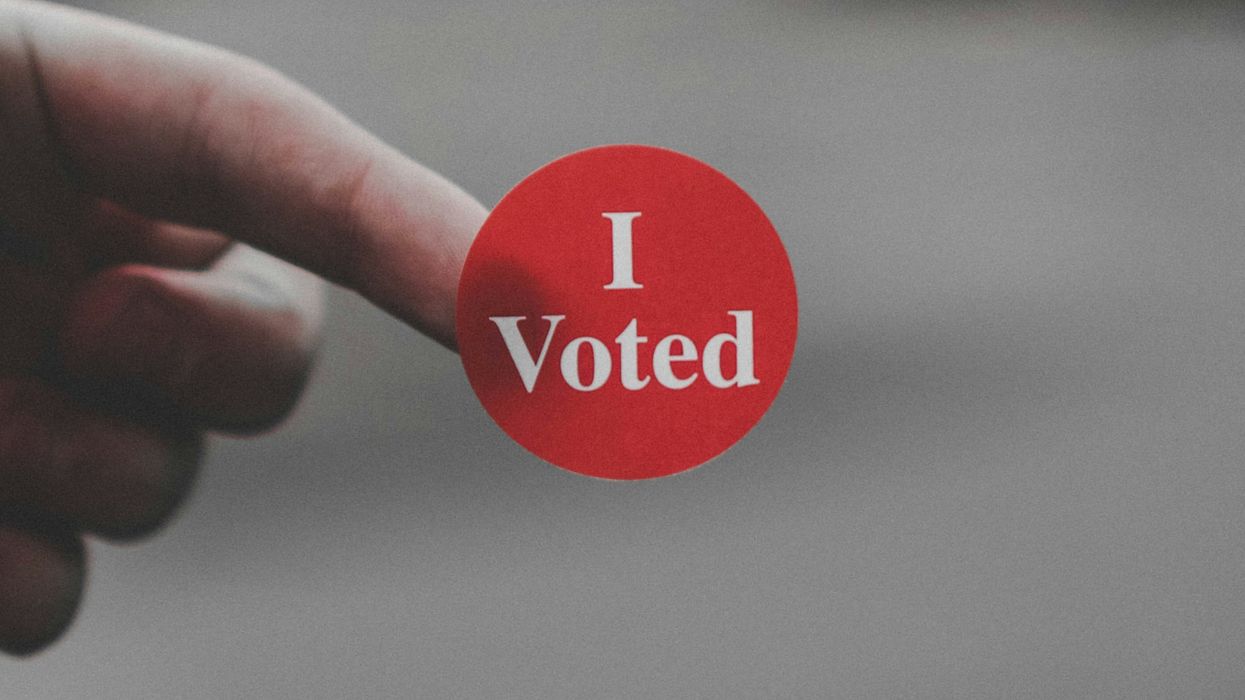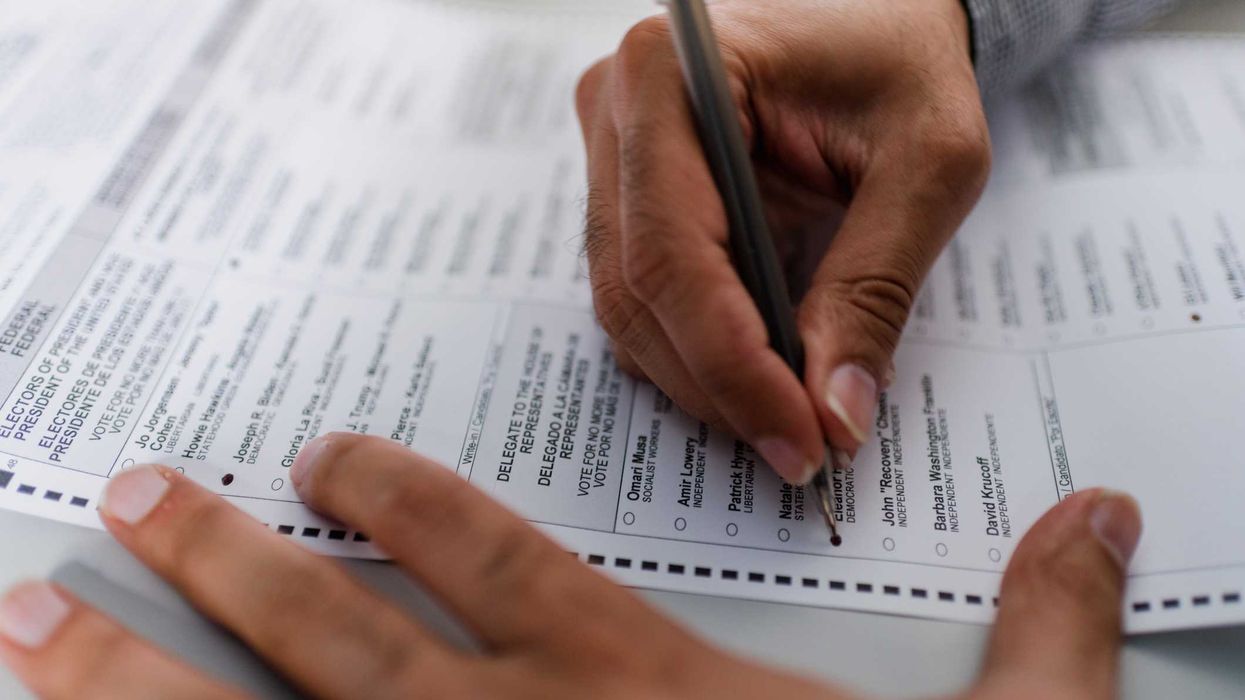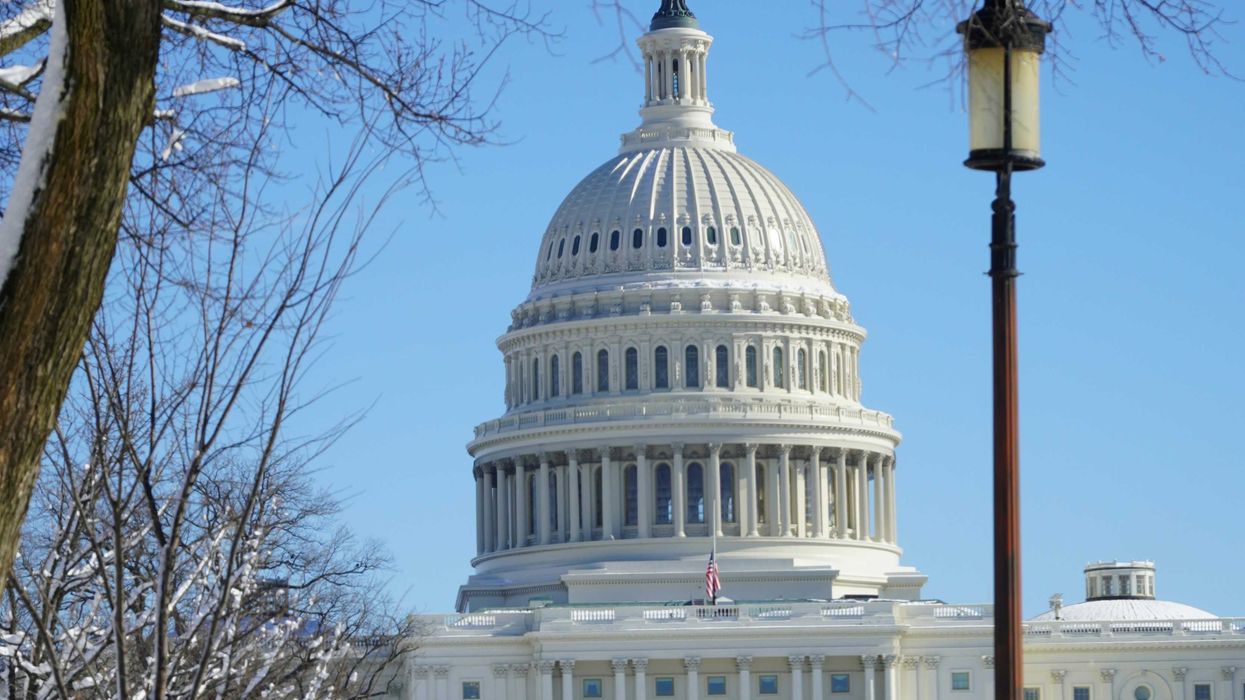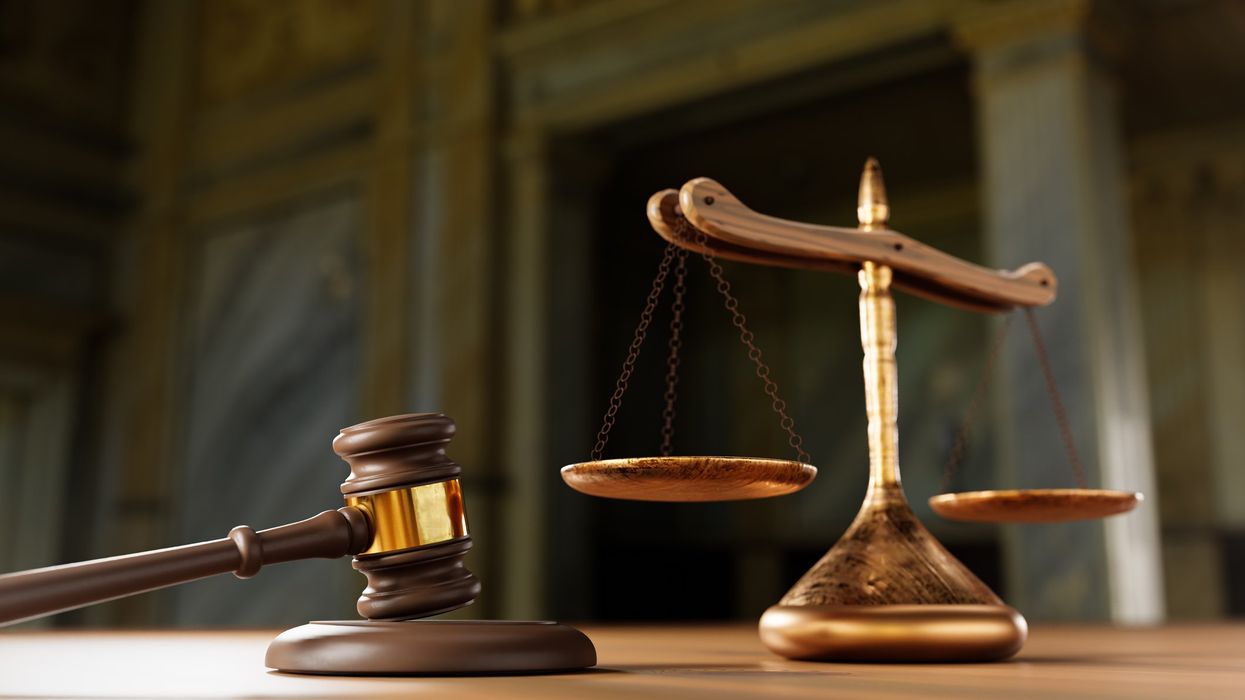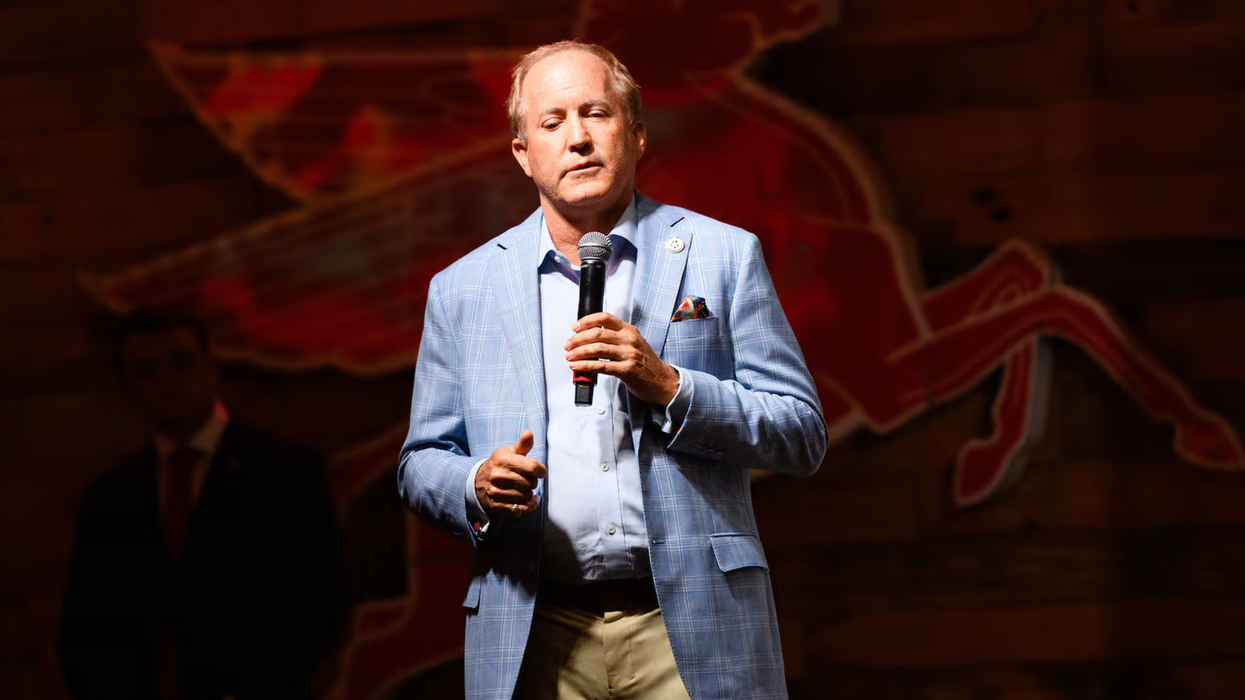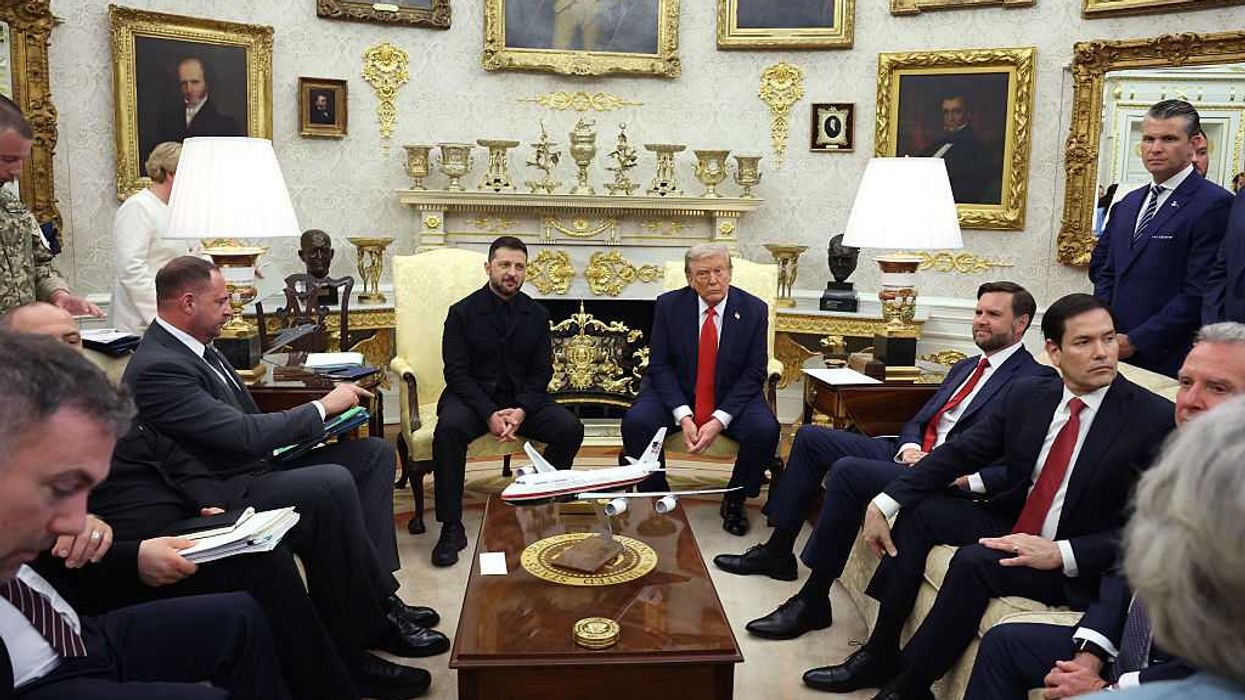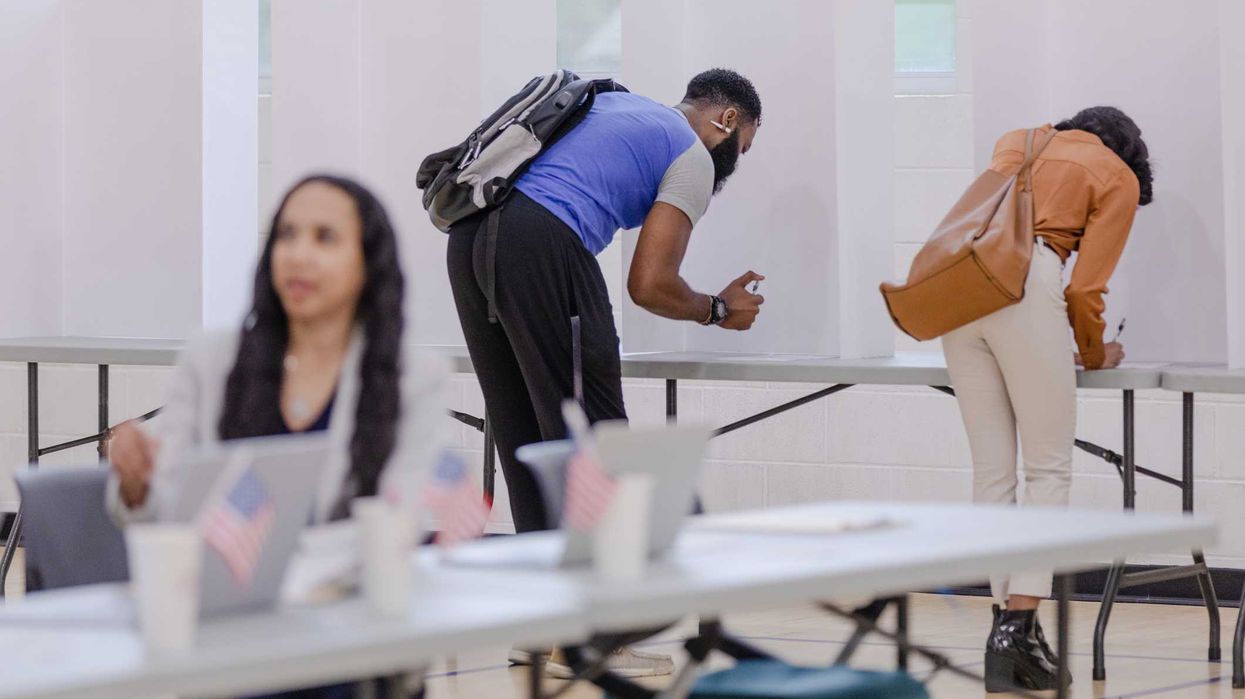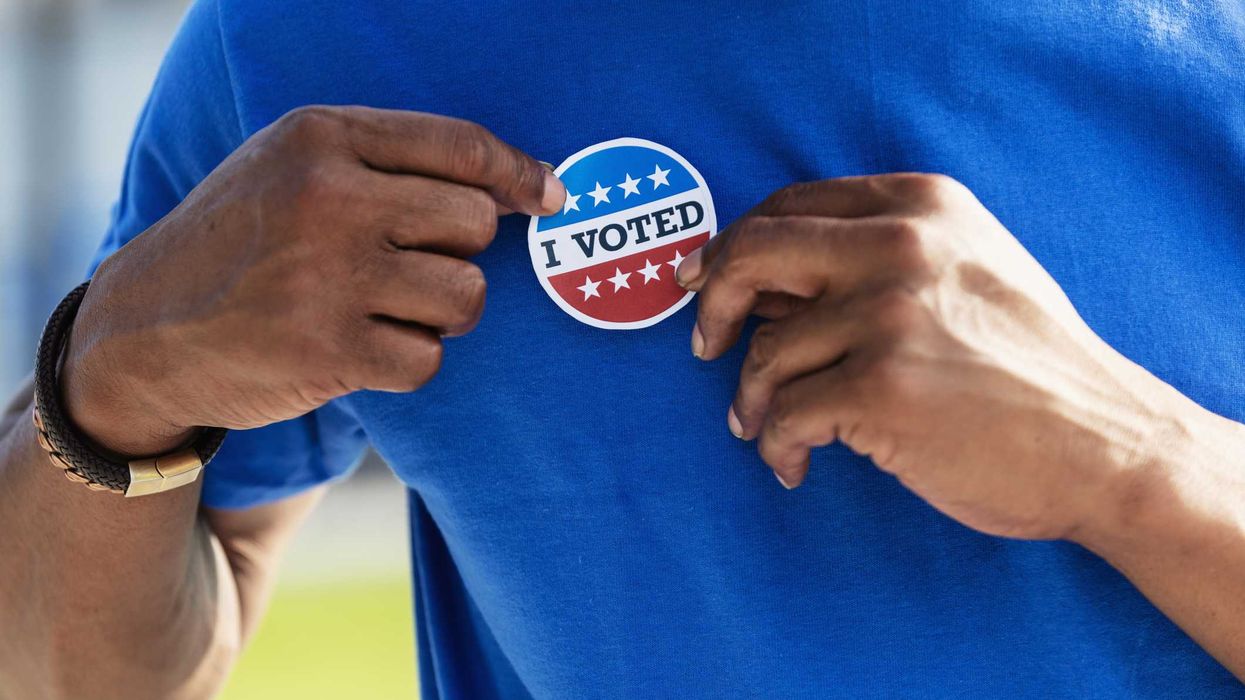Can you imagine a Republican winning in an electoral district in which Democrats make up 41 percent of the registered electorate? Seems farfetched in much of the country. As farfetched as a Democrat winning in a R+10 district.
It might be in most places in the U.S. – but not in California.
Republican Rep. David Valadao won re-election in California's 22nd congressional district, where registered Republicans make up just shy of 28 percent of the voting population. But how did he do it?
It hasn't been easy. He won election in 2022 with 51.5 percent of the vote. This year, he kept his seat with 53.4 percent of the vote. There are, however, a number of variables at play as noted in the Politico piece, "How does Rep. David Valadao keep winning?"
One, he keeps a low profile. He is not out to get "Fox News famous," as one GOP strategist noted. The same strategist also noted that (2) he isn't extreme. "He’s focused on getting the work done."
Notably, Valadao is one of two Republicans who won re-election in 2024 that voted to impeach Donald Trump after the Jan. 6 Capitol Hill riot – something that resulted in many Republicans who did the same losing their seats as a result of being primaried out.
And still, Valado prevails. This highlights the most consequential variable: California's nonpartisan primary system.
(Primary) Elections Have Consequences
Voters hear the phrase "elections have consequences" a lot these days, but in truth most general elections aren't that consequential. Roughly 90 percent of U.S. House races in 2024 were decided before a single ballot was cast in the November general election.
This is because most districts are safe for one of the two major political parties in the U.S. as a result of partisan gerrymandering which secures districts for a party or because of voter self-sorting (meaning voters move to be with like-minded people).
The phrase that should be more normalized in the U.S. political ecosystem is "primary elections have consequences" because the primaries are the most critical stage of the publicly funded and administered elections process.
These are the elections that matter most, and where candidates actually win their seats.
Most are conducted under a partisan primary structure in which voters are immediately divided between a Republican ballot and a Democratic ballot. Candidates are incentivized to appeal to the voters who participate, which in many cases means only party members.
And historically, these elections do not draw a high turnout. Even among registered party members, it's a fraction of the total.
Due to the small voting pool and limited candidate options (only candidates of a single party), this allows party bosses, aligned special interests, and even ideological movements to weaponize these elections against politicians.
Toe the line – or else
Right now, for example, there is a question of how much pushback President-Elect Donald Trump will get from members of his own party on more controversial decisions, like appointing Matt Gaetz as Attorney General or his proposed policy on tariffs.
“If legislators get out of line, he (Trump) will threaten to support a primary challenge to them in two years. That threat will quiet many possible critics," said Darrell West, a senior fellow at the Brookings Institution.
And threats have already been made.
"If you voted for [Merrick] Garland and won’t vote for Gaetz, you will face an immediate primary challenge," wrote conservative activist and Turning Point USA Founder Charlie Kirk on X.
Alabama Sen. Tommy Tuberville warned his colleagues on Fox Business that they can challenge Trump on Gaetz if they want, but if they do, "we’re going to try to get you out of the Senate, too, if you try to do that.”
Those who operate within the system know the consequences of primary elections. They don't just elect most members of Congress but shape the political landscape to be filled with elected officials who put personal and partisan interests first.
And when candidates entrench themselves deeper behind their party's brand, it widens the division between both sides each election cycle, raising the stakes of elections that are defined only by winners and losers.
Why California Is Different
In most other states, a Republican running in a D+10 district would not be treated as a serious contender in the general election. Just like no one would pay much attention to a Democrat running in a R+10 district.
But in the Central Valley in California, party labels don't always matter – especially as the electoral landscape continues to shift in the region.
California's 22nd congressional district is 41 percent Democrat, 28 percent Republican, and 23 percent No Party Preference (NPPs), a substantial chunk of the electorate that can shift the campaign environment entirely under a nonpartisan system.
Under California's Top Two election model, Rep. David Valadao doesn't run in a primary for the 28 percent of the voting population that is registered Republican. He runs in a primary open to all candidates and the entire registered electorate.
This means that from the start he doesn't have to shift his messaging much from the primary to the general election, nor does he have to cater only to a handful of voters who are part of the political minority.
He can keep a low profile. He can be less extreme. He can vote his conscience on the floor of the U.S. House and not be threatened with being primaried because he can draw support from voters outside his party's base.
Remember, Valadao was one of two Republicans who voted for Trump's impeachment after Jan. 6, 2021. The other was Rep. Dan Newhouse of Washington. Guess what California and Washington have in common.
That's right. They both use a nonpartisan Top Two primary system.
Valadao won re-election with 53 percent of the vote, something he could not have done without support from registered Republicans, NPPs and other voters outside the two major parties, AND moderate Democrats who are satisfied with his job performance.
This is the consequence of a primary election system that puts accountability above party loyalty and why nonpartisan election reformers stress the importance of primary reform to give every voter, especially independent voters, an equal voice in the process.
Griffiths is the national editor of Independent Voter News, where a version of this story first appeared.





